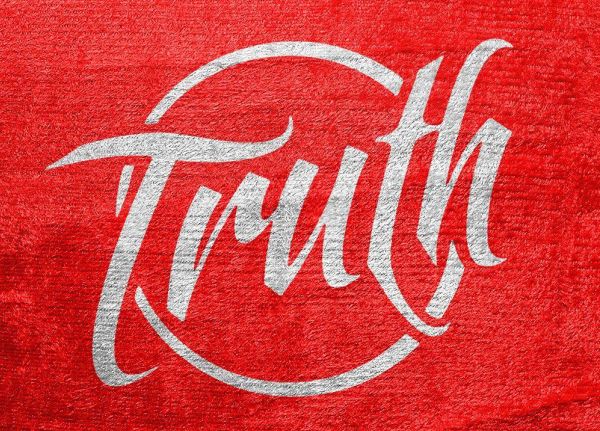Eight years ago, Thorntons, the 98-year-old chocolate company, found itself in a very sticky situation. New chief executive Peter Burdon announced a three-year plan to turn the company around and, remarkably, through a major consolidation of stores, product portfolio and finances, he has done just that.
Burdon also recognized from the outset that his greatest asset was the Thorntons brand. With prompted recall levels of more than 90% in a large and very profitable category, this was perhaps not a remarkable discovery.
But Burdon also realized that, despite a high level of awareness, the brand associations of Thorntons were increasingly fuzzy and undercommunicated.
In 2002, all of Thorntons’ 4000 employees participated in a specially devised brand-training program in which they learned that Thornton’s brand equity was based on ‘the art of the Chocolatier’. Rather than simply embark on a new ad campaign or, God forbid, a rebrand, Thorntons built its brand from the inside out and back to the premium position it once occupied.
But Burdon’s boldest move has been the widespread revision of Thorntons’ retail strategy. With a core base of 400 Thorntons-owned stores, he also encouraged an expansion of Thornton franchisees, of which there are now 180. More radical still was his decision in 2001 to start selling in Sainsbury’s and later through most of the major chain retailers and supermarkets.
Initially, at least, selling through Big Retail made a lot of sense.
Supermarkets alone account for more than 50% of all confectionery sales and by agreeing to supply Tesco and friends Thorntons was able to increase sales throughout the difficult transition years. In 2003, for example, Thorntons’ 10% increase in turnover was due almost exclusively to new sales from its new retail partners.
Two years on, however, Thorntons is battling to build sales without the help of Big Retail. This Easter it has turned its back on the supermarkets and will only sell its Easter Eggs through its own retail channels. Why the sea change? Like hundreds of brand manufacturers before it, Thorntons has discovered the darker side of supplying Big Retail.
First you may get sales increases, but that does not necessarily lead to profits. When you sell through a retailer such as Tesco, you receive a wholesale price that bears no comparison with the retail price you recoup when you sell direct. While sales have continued to grow at Thorntons, the increasing amount of trade through supermarkets has meant that gross margins have not followed suit. Second, additional sales through Big Retail can have a detrimental effect on your other, more profitable, retail channels.
Over a six month span in 2005, a triple-digit increase in supermarket sales of Thorntons’ products cost its franchisees a 4% decline in like-for-like sales.
Third, the supermarkets build their brand equity by slashing your own with price promotions. The very strength of the Thorntons brand and its premium status means it is the most vulnerable to over-promotion and one of the most likely targets to get it.
Finally, as your retail channels begin to decline and your brand equity is eroded, Big Retail will revisit you with more aggressive wholesale pricing demands. Its actions have weakened your position and strengthened its own, and a vicious circle has begun.
Retailers can be a source of brand equity, sales and profits; rarely are they all three. Usually a brand manager must blend retailers to create a balance. In Big Retail, that balance is gravely threatened.
30 SECONDS ON… THORNTONS
– In October 1911, a confectionery salesmen, Joseph William Thornton, and his 14-year-old son Norman opened a sweet shop in Norfolk Street, Sheffield. Two years later they opened a second shop and began to manufacture their own sweets.
– In 1988 the company was floated on the stock market. Although the company is now public, members of the Thornton family are still involved in the business.
– In 2005, Chief Executive Peter Burdon sent a message referring direct to supermarkets in announcing that Thorntons’ would sell its Easter Eggs only through its own stores in the run-up to Easter. ‘They will all be playing chicken in the road and everything will be discounted to extremes,’ he said.
The Blake Project Can Help: Discover Your Competitive Advantage With Brand Equity Measurement
Branding Strategy Insider is a service of The Blake Project: A strategic brand consultancy specializing in Brand Research, Brand Strategy, Brand Growth and Brand Education





One comment
David Hill
June 10, 2008 at 7:53 am
Good article, and very worthwhile to highlight the dangers that working with Big Retail can cause a high end brand like Thorntons.
Perhaps the strategy was out of desperation, but it brought them limited benefit, so well done to them for pulling back.
However, Thorntons are not out of the wood yet and the brand looks tired compared with newer players in the UK market like Hotel Chocolat and Kshocolat.
The Continental range is desparately dated, but while it accounts for such a significant proportion of overall sales/margin, perhaps they are understandably reluctant to make any significant changes to it. What will they do when those loyal customers die off though…? No easy answers here.
The new pretenders have a lot to thank Thorntons for in terms of raising UK consumers’ expectations of decent chocolate from the 80’s onwards, but it is Thorntons who appear to have lost the initiative that the new brands have siezed – and very succesfully.
Comments are closed.